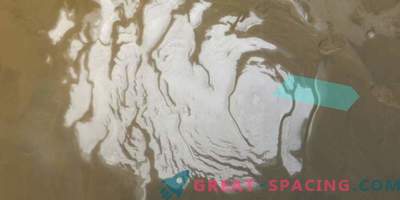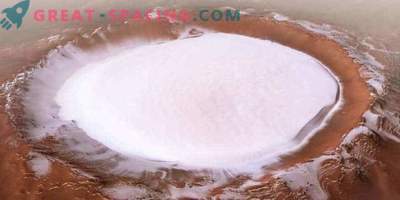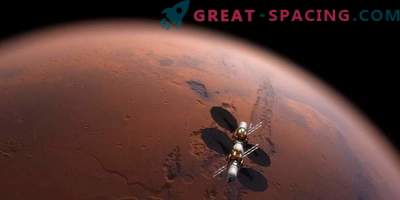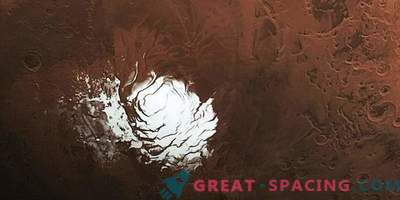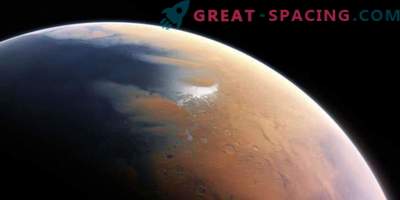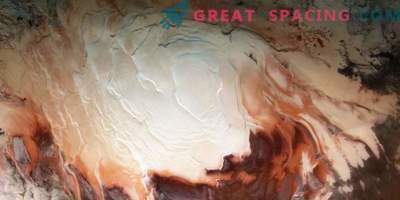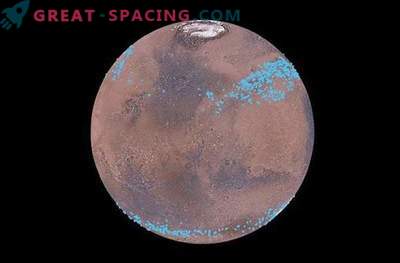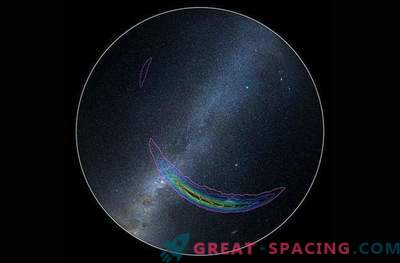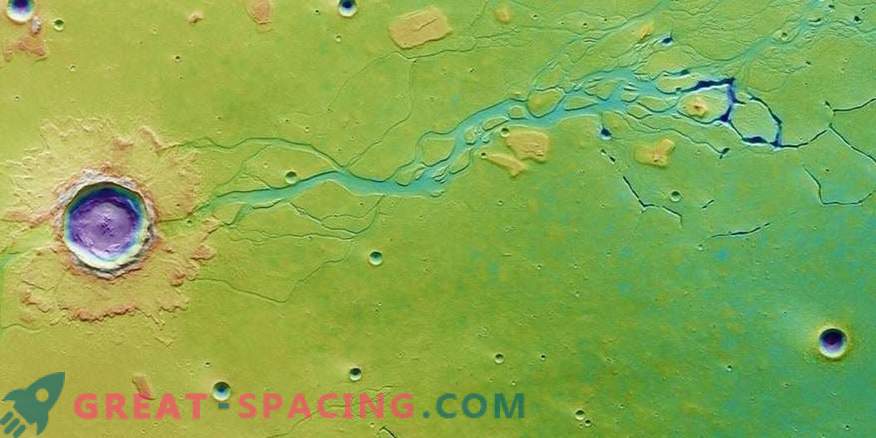
Subsurface ice covers an area larger than New Mexico and can be used by future Martian researchers for their water needs.
Outside of Earth, Mars is the most suitable planet for life in the solar system. But this does not mean that we can safely go there and live.
Despite the fact that the Martian surface is more barren (and much more toxic) than the driest terrestrial desert, NASA discovered a huge supply of underground water ice, which could become an oasis for future researchers of the Red Planet.
The key to the survival of future settlers lies in the use of Martian resources, so the landing should be carried out near a known water resource. And this is not an easy task. Water is not only a prerequisite for the survival of astronauts, but also necessary for the production of fuel and support for Martian agriculture. In general, if we find water on Mars and get access to it, then our dream of the Martian colonies will come true. And the discovery of a huge reservoir of ground-based ice using a NASA orbiting satellite can greatly affect future colonization.
“This field is likely to be more accessible than most of the Martian ice water, because it is located at relatively low latitudes and lies in flat and level terrain, where it is easier to land than other areas with buried ice,” said Jack Holt from the University of Texas. The field was discovered under the famous Utopia Plain, where the 1976 NASA robotic landing module sat down. Using data from the ground-based Shallow Radar (SHARAD) station Mars Reconnaissance Orbiter, the researchers found huge plates of ice, with a thickness of 280-560 feet (80-170 meters). The field at 50-85% consists of water mixed with dust and stones.
Utopia is located halfway between the martian north pole and the equator. This is an area where ice cannot now be kept on the surface. It is believed that ice accumulated in a place where the planet was much more tilted than it is now. Her slope changes dramatically during her 120,000-year cycles. The current slope of the axis is about 25 degrees, but it can cross over 60. This sharp range causes significant climatic changes that caused the ice to move from the poles to lower latitudes in the past.
“This field was probably formed like snowfall due to the accumulation of ice sheet mixed with dust when the ball's axis was tilted more than today,” said Cassie Sturman of the University of Texas Institute of Geophysics, Austin.
The subsurface reservoir in Utopia is a climatic record of all these shifts, protected by 1-10 meters of a thick layer of Martian stone and regolith (Martian “soil” consisting of dusty remains of eons of meteorites). This thin surface layer makes it possible for the first Earth researchers on Mars to drill a hole relatively easily to the formation water with ice. Or, extract pieces of ice for processing, or directly heat the layer and pump out liquid water. Of course, the presence of a water layer increases the possibility of the presence of life. Can underground pockets with ice allow microbial life to appear?
“Where water ice has been lying for a long time, we simply don’t know if there was enough water at some point to sustain life,” Holt added.
Scientists have long suspected that it is in Utopia that water ice is hiding. After all, it contained polygonal surface characteristics that are usually visible in the Canadian Arctic (which is an indicator of subsurface ice). However, this was the first such confirmation. There is also evidence of ancient river channels in the region (pictured above), where, as it is believed, underground ice melted and flowed out.
“Ice deposits in the Utopia Plain are not just exploration of resource availability, but also an affordable indicator of changes in the Martian climate,” said study co-author Joe Levy of the University of Texas. - “We still do not understand why ice has accumulated in these areas, and not others. Future tests will ensure astronauts survival, as well as reveal the secrets of the Martian glaciations. ”
